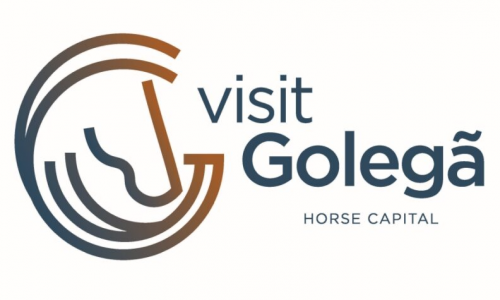CDE e CDR 30 Abril e 1 Maio
CDE e CDR 30 Abril e 1 Maio
Sáb, 30 Abr 2022 14:00 | Dom, 01 May 2022 19:00
Volver
Cavalos 7 Anos - Final
C
68.429%
1º
1º
E
79.800%
1º
1º
Total: 74.115%
Test
1 - Halt
C
7.0
2 - Medium Trot
C
7.0
3 - Trot Transitions
C
7.0
4 - Shoulder-In Trot
C
7.0
5 - Half-Volte
C
6.5
6 - Half-Pass Trot
C
6.5
7 - Half-Circle
x2.0
C
7.0
8 - Extended Trot
C
7.0
9 - Trot Transitions
C
7.0
10 - Shoulder-In Trot
C
7.0
11 - Half-Volte
C
7.0
12 - Half-Pass Trot
C
7.0
13 - Walk Transitions
C
7.0
14 - Extended Walk
x2.0
C
7.0
15 - Collected Walk
x2.0
C
7.0
16 - Walk Half-Pirouette
C
6.5
17 - Walk Half-Pirouette
C
6.0
18 - Canter Transitions
C
7.0
19 - Half-Pass Canter
C
7.0
20 - Half-Pass Canter
C
7.0
21 - Extended Canter
C
7.0
22 - Flying Change
C
5.0
23 - Canter Half-Pirouette
C
6.0
24 - Flying Change
C
7.0
25 - Canter Half-Pirouette
C
7.0
26 - Flying Change
C
7.0
27 - Flying Change
C
7.0
28 - Half-Circle
C
7.0
29 - Flying Change
C
7.0
30 - Halt
C
7.0
Collective Marks
1 - General Impression
x2.0
C
7.0
Assessment
1 - Trot
E
8.0
2 - Walk
E
7.5
3 - Canter
E
8.2
4 - Submission
E
7.8
5 - Perspective
E
8.4
Oficiais
| C |
 |
Michele Cristóvão Juiz Técnica |
| E |
 |
Jorge Pereira Juiz Qualitativa |
| E |
 |
Jorge Ventura Membro de Juri |
 |
Bruno Simões Comissário |

